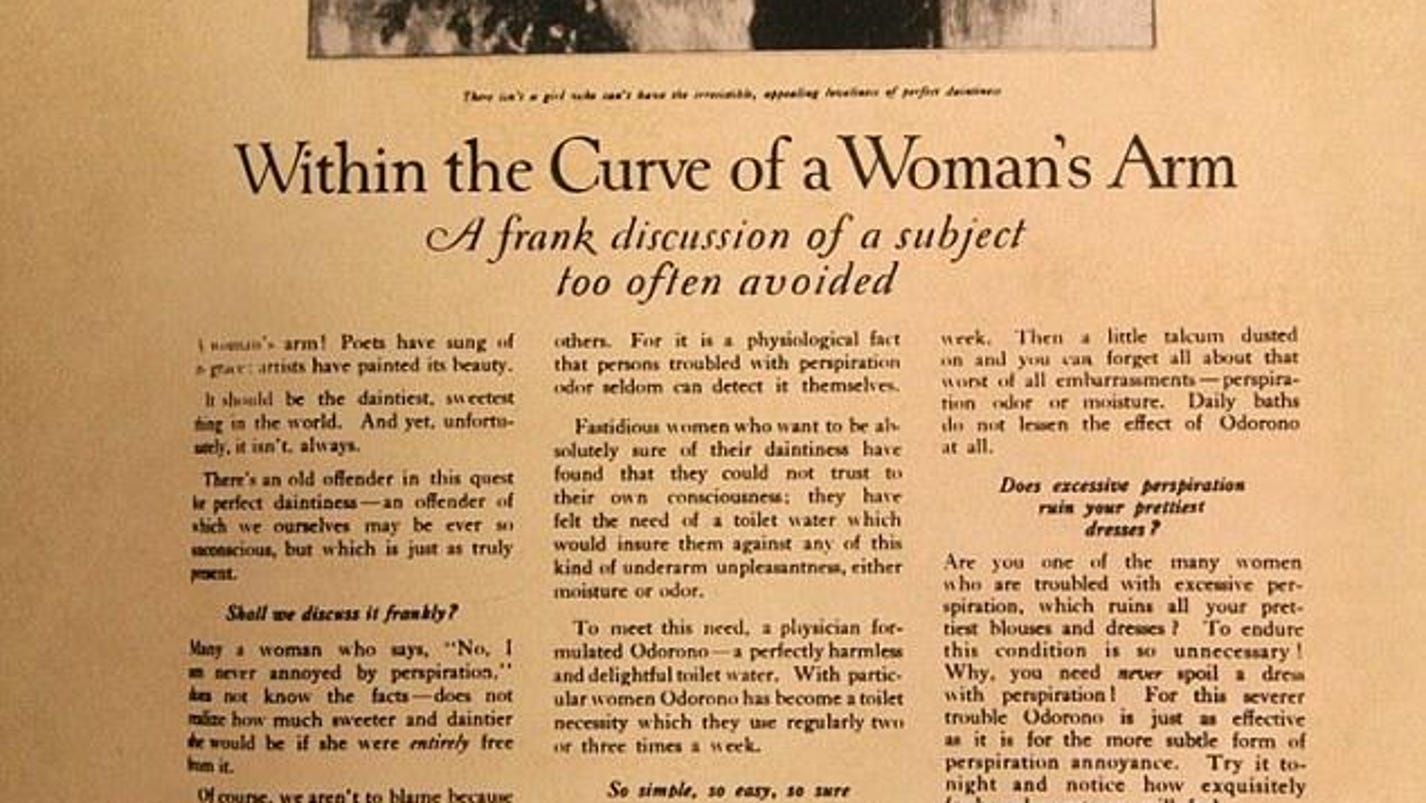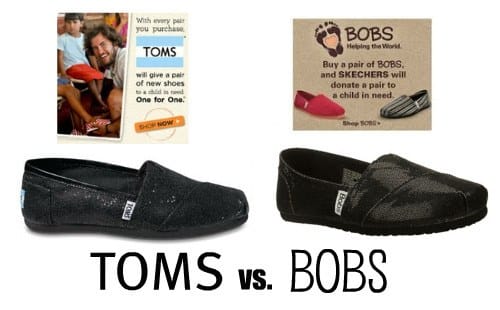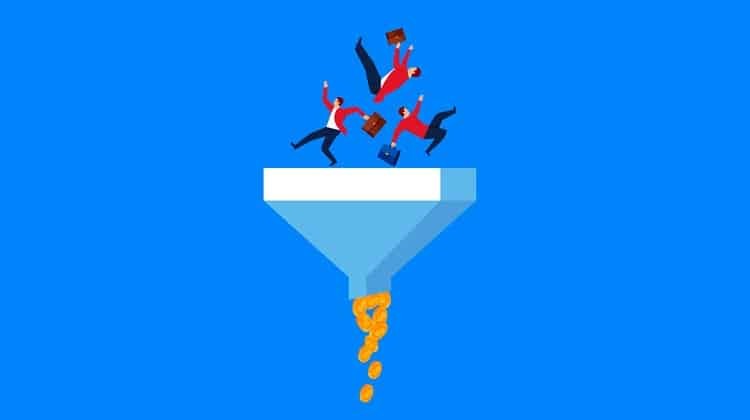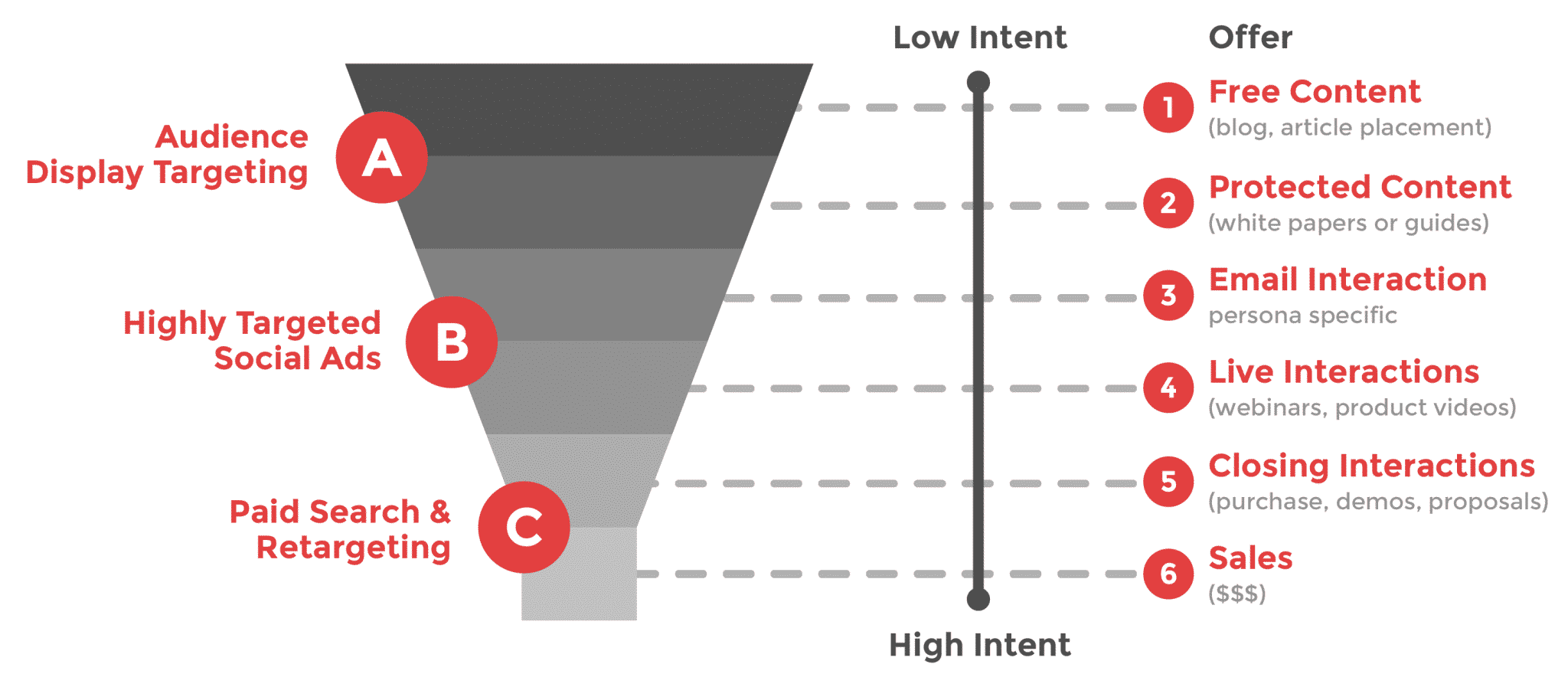How to Craft an Online Marketing Funnel that Drives Sales
by Aden Andrus • June 30, 2018
What is an online marketing funnel? What are marketing funnels used for? How do you set one up? How do you optimize your marketing funnels? These are all great (and very common) questions.
When it comes to online marketing, your advertising is only as good as the marketing funnel it puts people in.
The simple fact of the matter is, most people aren’t ready to buy the moment they find out about your business. To turn a potential customer into an actual customer, you need to guide them through several buying stages before they’ll actually make a purchase.
Unfortunately, the reason why we call it a marketing funnel instead of a marketing journey or marketing waterfall is that not everyone who enters your funnel will end up buying. At each stage in the buying process, you lose some potential customers, but a good marketing funnel will keep those losses to a minimum and produce the maximum number of sales from your marketing.
In this article, we’re going to talk about how to engineer (or reverse-engineer) your own online marketing funnel and how you can optimize every stage of your funnel.
What is an Online Marketing Funnel?
To put it simply, an online marketing funnel is strategic way of tracking how your marketing guides potential customers through the buying process. Some businesses have incredibly simple marketing funnels: someone clicks on their ad and makes a purchase—end of story. Other marketing funnels have dozens of detailed steps.
Most businesses, however, fall somewhere in the middle.
For example, let’s say your business has a blog and social media accounts it uses to get on a potential customer’s radar. From there, you encourage people to download an eBook in exchange for their email and drop them into an email drip that promotes an upcoming webinar. At the webinar, you sell people on your product or service, which convinces them to submit a lead form, work with your sales team and ultimately make a purchase.
As a marketing funnel, that process might look like this:
As people progress through your funnel, their intent to buy steadily increases. You always lose people with each new commitment you ask for (we refer to these actions “conversions”), but the more people you can get to convert at each step in your funnel, the more sales you will ultimately produce. In marketing, we call this process “widening the funnel.”
Understanding your marketing funnel is important, because your marketing funnel doesn’t just guide your customers—it also guides your marketing decisions.
For example, most display ads show up in front of an audience that has never heard of you or what you’re selling before. The people who see these ads are very low intent, so it would be wishful thinking to believe that everyone who clicks on your banner ad is ready to make a purchase today.
Since display advertising is higher in the funnel, rather than trying to get people to buy, it may work better to pitch that eBook content to them. That will help them take the next step in your funnel and move closer to making a purchase.
In contrast, someone who searches on Google for the product you sell, sees your ad and clicks on it is very low in the funnel. Unlike that display ads click, they are much more likely to make a purchase today, so sending that click to a “Buy Now”-style landing page could be a great choice.
Ultimately, a good marketing funnel is like a strategic interface between you and your potential customers. It gives them a purchasing path and tells you what your audience needs (and/or what they are responding well to) at every step in their journey.
Understanding the Buying Process
To create an effective marketing funnel, you need to understand the buying process. Regardless of what you’re selling or how much it costs, your potential customers all go through the same basic process before they actually make a purchase.
The buying process has 5 stages:
Stage 1) “I have a problem”
Pain is the great instigator of change. To put it simply, if people don’t feel some sort of pain, they aren’t going to go to the effort to make a change like buying what you’re selling.
Of course, sometimes the pain that motivates your potential customers may not always be immediately obvious. For example, if you sell high-end earrings, you may feel like your product is primarily a vanity purchase—no one suffers because they don’t have $5,000 earrings.
Or do they?
If you’re the only person at a dinner party with cheap earrings, you might feel embarrassed…and that’s painful. Or, if you really think a pair of earrings is beautiful and you wish you had it, you might experience the pain of denial, frustration, disappointment or loss.
Sure, not having a nice pair of earrings might not cause physical pain, but emotional distress can be just as compelling (or even more compelling) to your potential buyers as a lumpy mattress or going hungry.
In any case, people don’t look for a solution until they realize there is a problem. This is important, because understanding a potential customer’s pain point(s) is the key to convincing them that you can make that pain go away.
Stage 2) “I need something”
As humans, we have a profound aversion to pain, so when something hurts, we look for ways to make the pain stop. We recognize that something needs to change and we take action to figure out what we need to solve our problem.
Here are a few ways people try to find solutions to their problems online:
- Searching online
- Reading blog posts and eBooks
- Asking questions in forums
- Checking reviews
- Noticing display ads
- Watching videos
In particular, searching Google has become most people’s default when they have a problem. Pardot reports that 70% of buyers use Google at 2-3 times during the buying process in an effort to find the best solution to their problem.
Whether it’s writing content, running paid search ads or anything in between, this research-focused stage of the buying process is a key marketing opportunity. Your potential customers know they have a problem, but they haven’t identified a solution yet. Why not help them identify your business as the ideal solution?
Stage 3) “What are my options?”
Of course, you can’t search online for very long before you discover that there are a lot of potential solutions to almost any problem. At this point in the buying process, the question changes from “how do I solve my problem?” to “which solution best solves my problem?”
The good news is, while there is a decent chance that your potential customers are checking out the competition at this stage, anyone who is comparison shopping is probably going to make a purchase. The trick is figuring out how to get them to buy from you.
While everyone evaluates their options at this stage in the buying process, how carefully they evaluate their options depends a lot on their personality and the cost of the solution. Generally speaking, the more financially conservative your target audience is and expensive your solution is, the more comparison shopping your potential buyers will do.
Stage 4) “And the winner is…”
Once someone has decided that your business has the best solution to their problem, they usually just make a purchase. However, negative feedback—especially if your potential customer really trusts the source—can upset what should be a closed deal.
As you can probably imagine, this sort of thing is particularly frustrating if you’re selling an expensive product or service, but you can even see it happen with something as simple as deciding where to go for lunch. For example, if you’re hungry and in a hurry, you might pick the closest restaurant. But, if a friend asks where you’re going and says, “Oh, that’s where I got food poisoning last week”, there’s a good chance you’ll end up going somewhere else.
In addition to negative feedback, poor experiences during the buying process can also convince customers to abandon ship. Whether it’s a buggy checkout page or a poor customer service experience, a sale is only real when the money’s in your bank account, so you can’t just assume that once someone decides to buy that their buying process is over.
Stage 5) “Guess who’s back?”
Contrary to what many marketers and business owners believer, the marketing funnel doesn’t end with a purchase. Most of what happens after someone makes a purchase depends on the quality of your product, service and/or customer service, however, online marketing continues to play an important role in convincing people to buy again.
For example, Coca-Cola doesn’t just assume that most people have heard of and tried their products and abandon marketing. Instead, they constantly run ads to remind people of how good their drinks are in the hopes that they will buy more in the future.
The good news is, if someone has already made a purchase, it’s usually a lot easier (and cheaper to convince them to buy again). At this stage in the buying process, the goal of online marketing is to reinforce everything positive about the purchase experience and encourage people to come back for more.
It’s Not a One-Way Street
Although everyone goes through this buying process, not everyone enters your marketing funnel at the top of this buying process.
For example, someone might enter your funnel while researching their options during Stage 3. Does that mean they skipped Step 1 and Step 2? No, but it does mean that they probably don’t need your Step 1- and Step 2-focused marketing content.
This is why a marketing funnel is incredibly helpful. If your funnel is well designed to move people from where they are in the funnel towards the next stage of their buying process, you’ve created a slippery slope that will guide anyone towards making a purchase—regardless of how they ended up in your funnel.
Aligning Your Marketing Funnel with the Buying Process
Hopefully, as you read through the buying process, you took the time to think about what this process specifically looks like for your potential customers. Now it’s time to apply those insights and create your own marketing funnel.
Let’s take a look at each stage in the buying process and what types of marketing content work best in each stage:
Stage 1) “You have a problem”
It’s easy to assume that you have very little control over when your audience feels pain and discovers that they have a problem. However, revealing undiscovered pain is a time-honored marketing tactic.
For example, in the early 1900s, deodorant wasn’t really a thing. People simply didn’t talk about bodily processes and, well, everyone stunk, so most people didn’t see their (ahem…) personal fragrance as a problem.
All of that changed when James Young published an ad in the 1919 edition of Ladies Home Magazine with the headline: “Within the Curve of a Woman’s arm. A frank discussion of a subject too often avoided.”

The rest of the ad was as blunt as its title and made a strong case for the idea that women could be scaring away men with their stinky armpits without even realizing it. To keep a man, you needed Odorono (the antiperspirant James Young was advertising).
Although James Young was told that he had “insulted every woman in America”, his ad worked. Sales shot up 112% in a year. Today, the antiperspirant/deodorant industry is worth $18 billion.
The moral of the story? You don’t always have to wait for people to discover that they are in pain. Sometimes, the best way to build a customer base is to help people discover just how much they need your product.
If you choose to market to people who are still in Stage 1, the goal of your marketing is to help them realize that they have a problem and provide them with a solution. At this point of your funnel, the goal is to build awareness, so tactics like blogging, social media posts and display ads can be a great way to go.
Stage 2) “You need something”
Once people know they need something, it’s a lot easier to market to them. If you were the one who made them realize they were in pain during Stage 1, your marketing should naturally progress them towards Stage 2 by presenting them with a solution—your solution.
However, for people who discover your solution themselves during Stage 2, the goal of your marketing should be to reinforce their need and show how your product or service solves their problem.
For example, check out this Coca-Cola ad:
https://www.youtube.com/watch?v=tqXKjbtCtxg
As shown in this ad, the majority of Coca-Cola’s messaging centers around the idea that you’re thirsty and drinking Coca-Cola will make you feel better. They use repeated imagery of people in hot situations who drink Coca-Cola and are refreshed.
This tactic simultaneously reinforces the viewer’s pain (I’m thirsty) and presents the solution (drinking Coca-Cola). It’s a simple tactic, but it’s one that has worked for decades.
Now, you don’t need a massive advertising budget or a product that targets a basic human need to use this approach. Whether its a paid search ad that addresses the main reason behind someone’s search or a paid social ad that connects your target audience’s need to what you sell, good Stage 2 marketing helps people connect the dots between their pain and your solution.
Stage 3) “Here’s why you should pick me”
In Stage 3, people know they have a problem and they’re trying to pick the best option. Until now, your goal has been to convince them that they need to buy something. Now you want them to buy from you.
As with Stage 1 and Stage 2, there are a lot of ways to approach this, but the best way to get people to pick your business is to show how much better your business is at meeting their needs than their other options. Note, this is not the same thing as telling them why your business, product or service is great.
For example, Zappos runs this retargeting ad to people who look at Toms or Bobs on their site. These shoes are so similar that someone who expresses an interest in one is probably interested in the other.

By retargeting people with content comparing the two brands, Zappos tells potential customers, “We know all about shoes and we’ll help you find the right shoes for you—regardless of the brand.” Or, in other words, our business is the best place to take care of your footwear needs.
Regardless of how you choose to market in Stage 3, remember, people don’t care about why you think your business is cool. They want to know how you will help them.
People don’t care how many countless hours you’ve invested into that nifty feature. They may not even care about the feature at all. Most potential customers are asking themselves one simple question:
Is buying from you the best way make my pain go away?
Depending on what you’re selling and who you’re marketing to, you might answer that question in a number of different ways. For example, if customer service is a big deal to your potential customers, you may want to focus your marketing on how great your customer service is. You might want to include testimonials about your customer service, awards your customer service department has won, statistics about response times…you get the idea.
The important thing is to keep the focus on how your customer service will make their life easier—not how awesome your business, product or offer is.
Whether it’s a landing page or a retargeting ad, your marketing should address their underlying pain. If your marketing is focused on how your business solves that problem or need, there’s a good chance they’ll convert. If all your marketing does is tell them that your business is great, they’ll lose interest and leave.
Stage 4) “This is the purchase you were looking for…”
With online marketing, once someone decides to buy, things usually go fairly smoothly. From a marketing funnel perspective, the goal is to make the process as easy as possible.
So, if you have an online checkout process, it might be worth doing some conversion rate optimization to improve your user experience. If you have a complicated onboarding process, you might benefit from creating a how-to guide on your blog (or as an eBook) for new clients.
In any case, the goal of your marketing is to convince your customers that they are making the right choice and remove any obstacles that could make them second-guess themselves. Most of the time, this is easy, but this is the worst possible time to lose a potential customer, so it pays to optimize your sales experience.
Stage 5) “What else we can do for you?”
A good online marketing funnel convinces people to buy. A great marketing funnel gets people to buy again…and again…and again.
To pull this off, you really need to understand your buying process. If someone just made a purchase, they probably aren’t ready to buy again the next day. Give it a few weeks or months, though, and new needs or challenges can easily get someone ready to buy once again.
And, if your ads happen to be there when they are ready to buy, you’ve got a much better chance of up-selling or cross-selling your customers.
For example, most business graduate programs don’t do much marketing to people who have just earned their Bachelor’s degrees. Even if you went to their school or showed a lot of interest in their program, most business MBAs want you to have a certain amount of real-world experience before you apply.
But, once you have enough experience to be eligible (and are likely itching for a promotion), they start marketing to you. It might be email marketing or an email list-based retargeting campaign, but these graduate programs do their level best to get back on your radar. It’s a long-term play, but it’s one that works incredibly well because the schools know exactly when their students are “ready to buy” again.
Obviously, the right after-purchase approach will vary from business-to-business, but getting a happy customer to buy again is one of the easiest and cheapest ways to bring in additional business.
Optimizing Your Marketing Funnel
Now, creating a marketing funnel is a lot of work, but you can’t just create your funnel, build out your marketing at each stage and let it run. The great thing about an online marketing funnel is the fact that you can learn from how people respond to your marketing content at specific stages and use that to optimize your funnel.
With that in mind, you’ll want to track a variety of metrics in your marketing funnel. Here are a few to consider:
- Sales. The ultimate goal of any marketing funnel is to produce sales, so if you track nothing else, make sure you track the number of sales your marketing is producing. This basically boils down to tracking how many people enter each stage of your marketing funnel and comparing that to how many sales close as a result.
- Traffic sources. As you’ve probably noticed throughout this article, different traffic sources work better for different stages in the marketing funnel. Sometimes, however, a traffic source can surprise you, so it is a good idea to track how many people are entering your marketing funnel from each source and stage so that you can give your top sources more budget and attention.
- Time in stage. Wouldn’t it be nice if everyone converted in a day? Unfortunately, things rarely work out that way, so it’s useful to track how long people typically stay in a particular stage. If potential customers seem to be getting stuck in a particular stage, try something different to see if you can get them moving again.
- Exits from stage. The exits from stage metric is very similar to your time in stage metric, but it allows you to see how many potential customers you are completely losing in a particular stage. For example, if your potential clients spend a year on your email list before they buy (but most of them do eventually buy), that’s a time in stage problem. If people spend 5 days on your email list before they buy, but 98% of them unsubscribe within 5 days, that’s an exits from stage problem.
- Close rate. This is typically a lead generation-specific metric, but it’s a great way to judge the quality of your leads. If a large percentage of leads from a particular source or stage don’t close, that usually means your marketing funnel isn’t doing a great job of preparing people for your sales process.
There are many other marketing funnel metrics you can track, but these are some of the most important. According to HubSpot’s State of Inbound report, without good data tracking, 97% of marketing campaigns fail, so if you aren’t tracking these metrics in your marketing funnel, it’s time to make a change.
Conclusion
For most businesses, their marketing is only as good as their marketing funnel. If you don’t take the time to develop a solid marketing funnel, you won’t understand where your potential customers are at in their buying process and it will be hard to create marketing that helps them take the next step towards making a purchase.
At Disruptive Advertising, the marketing funnel is a key part of how we approach every client’s marketing. Getting into specifics about which tactics work best under which conditions in which stages is beyond the scope of this article, but if you’d like help setting up your own marketing funnel, let me know here or in the comments. Or, for additional content, check out this blog post.
Do you use a marketing funnel? How did you set up your funnel? Any advice for new marketers you’d add to this article? Share your thoughts in the comments!






